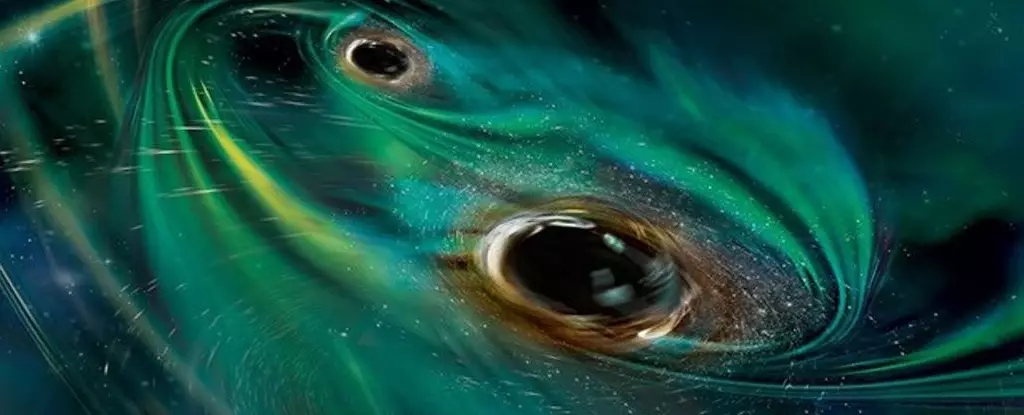In March 2021, astronomers detected an unusual astronomical event designated as AT 2021hdr. Initially perceived as a supernova—an explosive death of a star—further examinations revealed intricate features that demanded closer scrutiny. This case presents an excellent glimpse into the evolving nature of astronomical classification and observation, particularly aided by advanced technologies and methodologies such as the Automatic Learning for the Rapid Classification of Events (ALeRCE) system.
Patterns Amidst the Chaos
As research progressed, another burst was recorded in 2022 that showcased a peculiar pattern of activity. The Zwicky Transient Facility (ZTF) played a crucial role in identifying these periodic outbursts, consistently occurring every 60 to 90 days. This repetitiveness indicated that the event was not a singular explosive phenomenon like a supernova. Rather than a traditional stellar lifecycle conclusion, AT 2021hdr presented clues leading to a much more complex interaction within our universe.
Among the hypotheses that emerged, one was that AT 2021hdr could be a tidal disruption event (TDE), typically occurring when a star passes too close to a black hole and is torn apart. Such events can indeed produce luminous outbursts, but the uniform frequency of the bursts in this scenario did not align with TDE behaviors. Consequently, researchers pivoted to another intriguing idea: the interaction of an interstellar cloud with a binary black hole system.
Computer simulations revealed a compelling narrative. Rather than definitively obliterating the cloud, a pair of orbiting black holes would engage in a chaotic dance, pulling and disturbing the interstellar material, generating periodic bursts of radiation. Follow-up observations utilizing the Neil Gehrels Swift Observatory confirmed the presence of periodic oscillations in ultraviolet and X-ray emissions that sharply corresponded to the transient bursts recognized by ZTF. This discovery aligned perfectly with the twin black hole model.
Through their meticulous study, researchers estimated that the two black holes forming the intriguing system have a combined mass approximate to 40 million times that of our Sun. They orbit each other in a synchronized cycle lasting roughly 130 days. This finding is fascinating in itself, yet it introduces the prospect of a merger event projected to occur in about 70,000 years—a reminder of the dynamic and ever-changing nature of our universe.
The implications of AT 2021hdr extend beyond its immediate characteristics. This phenomena has opened new avenues for future research, as astronomers keenly aim to refine their understanding of such systems. New investigations will include the interactions between these black holes and the surrounding galaxy, potentially revealing intricate relationships that govern cosmic evolution. AT 2021hdr stands as a powerful testament to how innovative observation techniques and collaboration can uncover the enigmatic narratives woven into the fabric of our universe.

